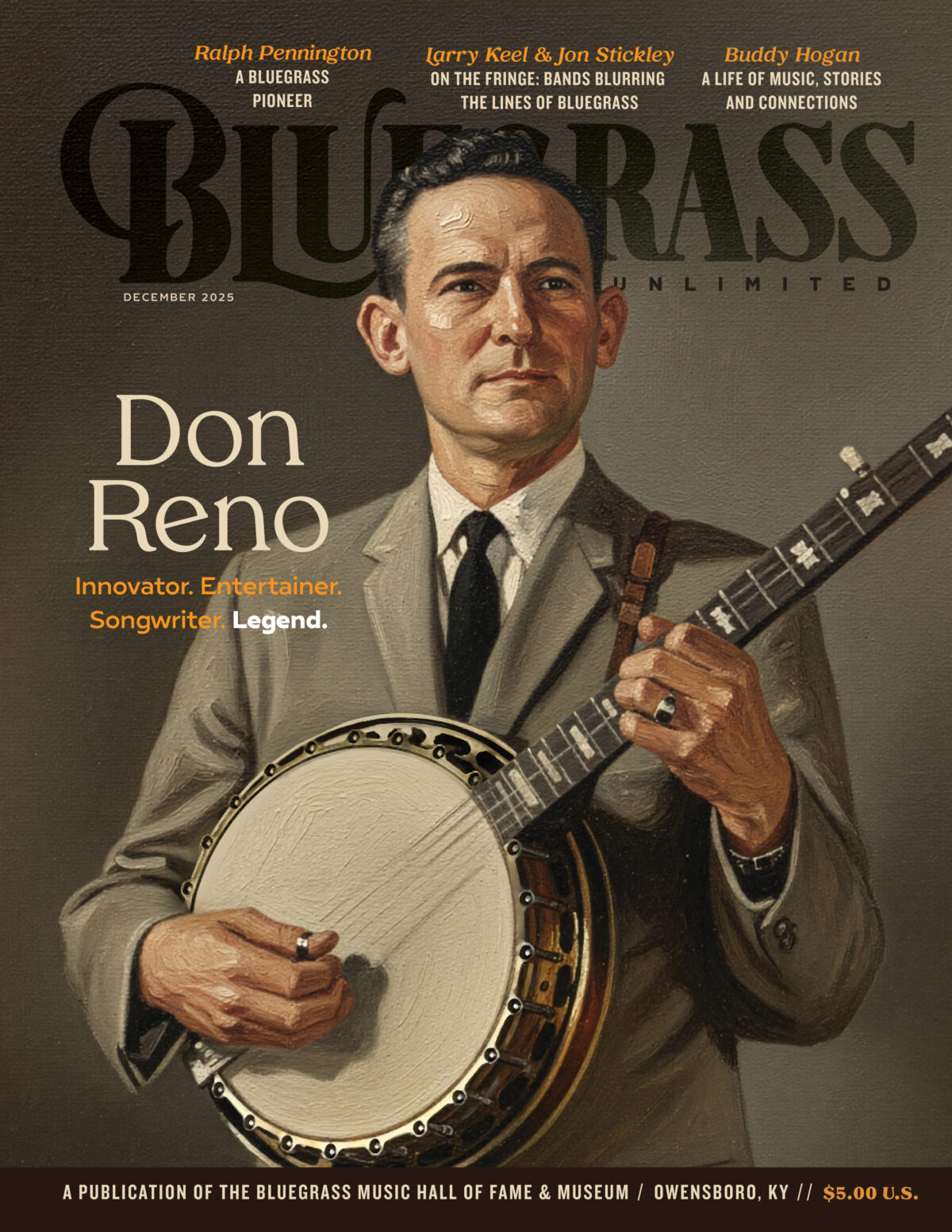MUSIC FROM THE TRUE VINE: MIKE SEEGER’S LIFE & MUSICAL JOURNEY—BY BILL C. MALONE
MUSIC FROM THE TRUE VINE: MIKE SEEGER’S LIFE & MUSICAL JOURNEY—BY BILL C. MALONE—University of North Carolina Press 9780807835104. Cloth, 256 pp., 25 illus, $30. (Univ. Of N.C. Press, 116 S. Boundary St., Chapel Hill, NC 27514, www.uncpress.unc.edu.)
Bill Malone says in the introduction to this thorough and engaging biography of traditional musician Mike Seeger that when he first met Mike and the New Lost City Ramblers in the early ’60s, the author considered them “…pretenders, New York boys who, never having lived in the South or on a farm, could not accurately sing or play traditional rural music.” It was a misconception that Malone later dismissed, but one that Seeger, over a long career, many times confronted and disproved both by his playing and by his guardianship of the music. It’s just one of the many facets of Seeger’s life brought out with subtle shading in this fine biography.
Born in New York City, Mike grew up around Washington, D.C., and was greatly influenced by his father and mother, Charles and Ruth Crawford Seeger, both respected musicologists and (along with the Lomaxes) pioneers in bringing scholarly attention to traditional American music. Mike, however, repudiated the academic life of his parents and struck out on his own, going directly to the source of the music and creating a career that both honored the traditional repertoire and incorporated the spirit of those songs in carrying it forward.
Mike also had to create a life in music under the more public career of his half-brother, Pete. While Mike was never the showman that Pete is, this book proves that he perhaps will ultimately be seen as having had as great or greater an influence on successive generations through his work in bringing traditional artists to a wider audience, especially Dock Boggs and Tommy Jarrell.
For readers of this magazine, Malone has a very interesting chapter on Seeger’s life near Baltimore in the 1950s when he played in hillbilly bands with Hazel Dickens and became intimate with bluegrass through people like Dick Spottswood and Pete Kuykendall. Highly enjoyable, informative, and a must-read for those who would like a wider understanding of this complicated and tireless musician and of his times.CVS
